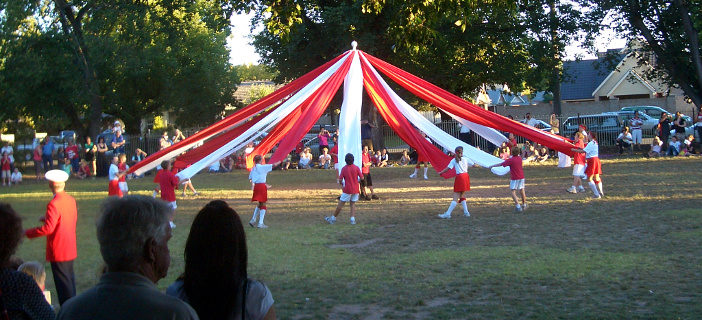Monday is the first day of May, and a public holiday in China. Since the significant date falls on a Monday this year, there’s no need for any shenanigans with the working week to ensure a consecutive three day break. In 2014 though, when May 1 was a Thursday, the following Sunday became an additional working day.
For those of us who grew up somewhere like the UK, where every holiday except Christmas and New Year is shunted to the nearest Monday for convenience, the Chinese practice of working weekends in order to connect up holidays can be hard to cope with.
“I get a day off… but instead I have to work on Sunday?” I remember a friend complaining on first encountering the phenomenon. “What use is that to me? Call this a civilized country?”
Until 2008 International Workers’ Day, as May 1 is properly called, was the focus of one of China’s “golden weeks”, those tortuous re-workings of the calendar designed to promote internal tourism. The change that year was a significant one because it restored to official status three traditional Chinese celebrations: Tomb Sweeping Day, Dragon Boat Day and the Mid-Autumn Festival.
International Workers’ Day, on the other hand, is as Socialist as its name suggests. The date was originally chosen to commemorate a tragic day of bloodshed.
In Chicago in 1886, tensions were rising during a nationwide strike in support of an eight-hour working day. Police had fired on strikers, killing two of them. The next day, May 4, there was a rally in protest, and a bomb was thrown at police advancing to disperse protesters. In the resulting mayhem, seven police officers lost their lives, along with four protesters, and seventy members of the public were wounded.
This so-called “Haymarket Incident” became an international cause célèbre for the labor movement, and the date was a recognized annual commemoration by 1894. The shift from May 4 to May 1 though is an interesting one. Perhaps it was just to make it more memorable, but the first day of May was a significant Spring festival across much of Europe, associated with ancient fertility rites like dancing round poles. It’s tempting to suspect that the old Christian practice of taking over existing pagan festivals was being revived. And the wheel came full circle in 1955 when the Catholic church declared May 1 the feast of St. Joseph the Worker, giving a religious stamp of approval to the modern holiday.
May 1 is now recognized as Labor Day across most of the world. In North America, a less contentious date in early September was adopted (although it’s worth noting that proposals for the September holiday predate the Haymarket massacre.) In Australia, the day varies by state, and in the UK and some other European countries, it’s celebrated under its old name, as May Day.
Whatever this day means for you, we hope you have a restful and fulfilling holiday.
Photo: Vmenkov, via Wikimedia Commons




